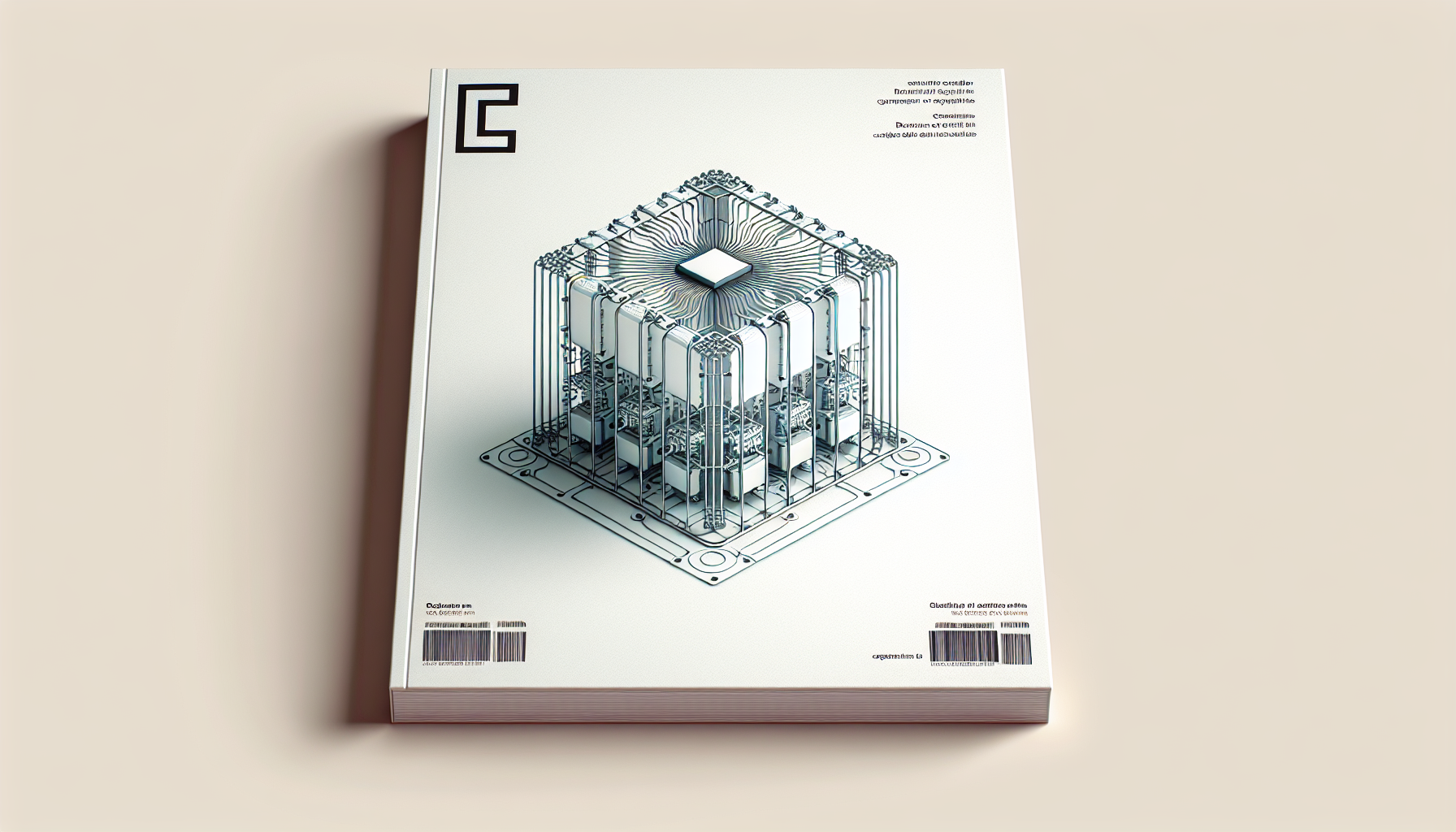Robust Frameworks for Sustainable Quantum Computing Infrastructure
Sustainability in quantum computing infrastructure is critical for long-term technological advancement.

Evergreen Challenge: Building Sustainable Quantum Computing Infrastructure
Quantum computing promises transformative breakthroughs, but scaling this technology requires sustainable infrastructure focused on energy efficiency, environmental impact, and operational resilience. As quantum systems become more complex and widespread, addressing their long-term sustainability is vital for the industry’s future.
Framework One: Modular Quantum Infrastructure Design
This framework advocates for modularity at hardware and software levels, enabling incremental upgrades and targeted resource use. By designing quantum processors, cooling systems, and control electronics in decoupled modules, wear and energy waste can be minimised while ensuring adaptability to advances.
Step-by-Step Implementation:
- Assess foundational system components—categorise parts by upgrade frequency and energy consumption.
- Design modular interfaces with standardised communication protocols to allow plug-and-play hardware swaps.
- Implement scalable cooling solutions such as closed-loop cryogenic systems that can be independently optimised or replaced.
- Develop software abstraction layers that decouple quantum algorithm development from hardware specifics.
- Test and monitor modules individually for performance and energy metrics, enabling targeted maintenance.
# Example: Abstracting hardware calls in Python for modular quantum control
class QuantumModuleInterface:
def initialize(self):
pass
def execute_pulse(self, pulse_params):
pass
def measure_output(self):
pass
class SuperconductingQubitModule(QuantumModuleInterface):
def initialize(self):
# Initialise superconducting qubit hardware
pass
def execute_pulse(self, pulse_params):
# Send microwave pulse to qubit
pass
def measure_output(self):
# Measure qubit readout
return "state"
# Usage
def run_experiment(module: QuantumModuleInterface):
module.initialize()
module.execute_pulse({"amplitude":1.0, "duration":20})
result = module.measure_output()
return result
Framework Two: Energy-Aware Quantum Data Centres
Quantum computing data centres differ from classical ones due to their ultra-cold requirements and unique energy profiles. This framework establishes principles for energy optimisation, renewable integration, and end-to-end lifecycle sustainability.
Step-by-Step Implementation:
- Analyse energy consumption hotspots (cooling, control electronics, quantum processors) through detailed metering.
- Integrate renewable energy sources (solar, wind) with smart grid technology for adaptive load balancing.
- Adopt advanced cooling technologies such as liquid helium recycle systems and low-power dilution refrigerators.
- Implement predictive maintenance through AI-enabled monitoring to reduce downtime and waste.
- Plan data centre lifecycle including decommissioning waste management and component reuse strategies.
Did You Know? Quantum computers require dilution refrigerators that cool components to near absolute zero (-273.15°C), often consuming more energy per qubit than classical bits.
Pro Tip: Regularly audit quantum facility energy usage and tune control parameters to optimise power draw without sacrificing qubit coherence time.Warning: Neglecting modular design increases e-waste and energy drain, limiting scalability and environmental performance.
Comparative Insights
Modular design enables technology agility and targeted sustainability gains on the hardware level, while energy-aware data centres address systemic infrastructure challenges. Combining both frameworks creates an integrative sustainability strategy vital for quantum computing’s longevity.
Cross-Linking the Responsible AI Paradigm
These sustainability practices complement ethical automation principles detailed in Building Ethical AI Systems: Evergreen Frameworks for Responsible Automation, advancing responsible technology deployment across fields.
Evening Actionables
- Conduct a modularity audit for existing quantum hardware or simulations.
- Deploy and benchmark abstracted hardware control interfaces using the provided Python pattern.
- Map your data centre’s energy hotspots for targeted renewable integration planning.
- Initiate pilot projects integrating AI predictive maintenance with cooling systems.
- Build a sustainability roadmap that merges hardware modularity with energy-aware infrastructure.





Comments ()